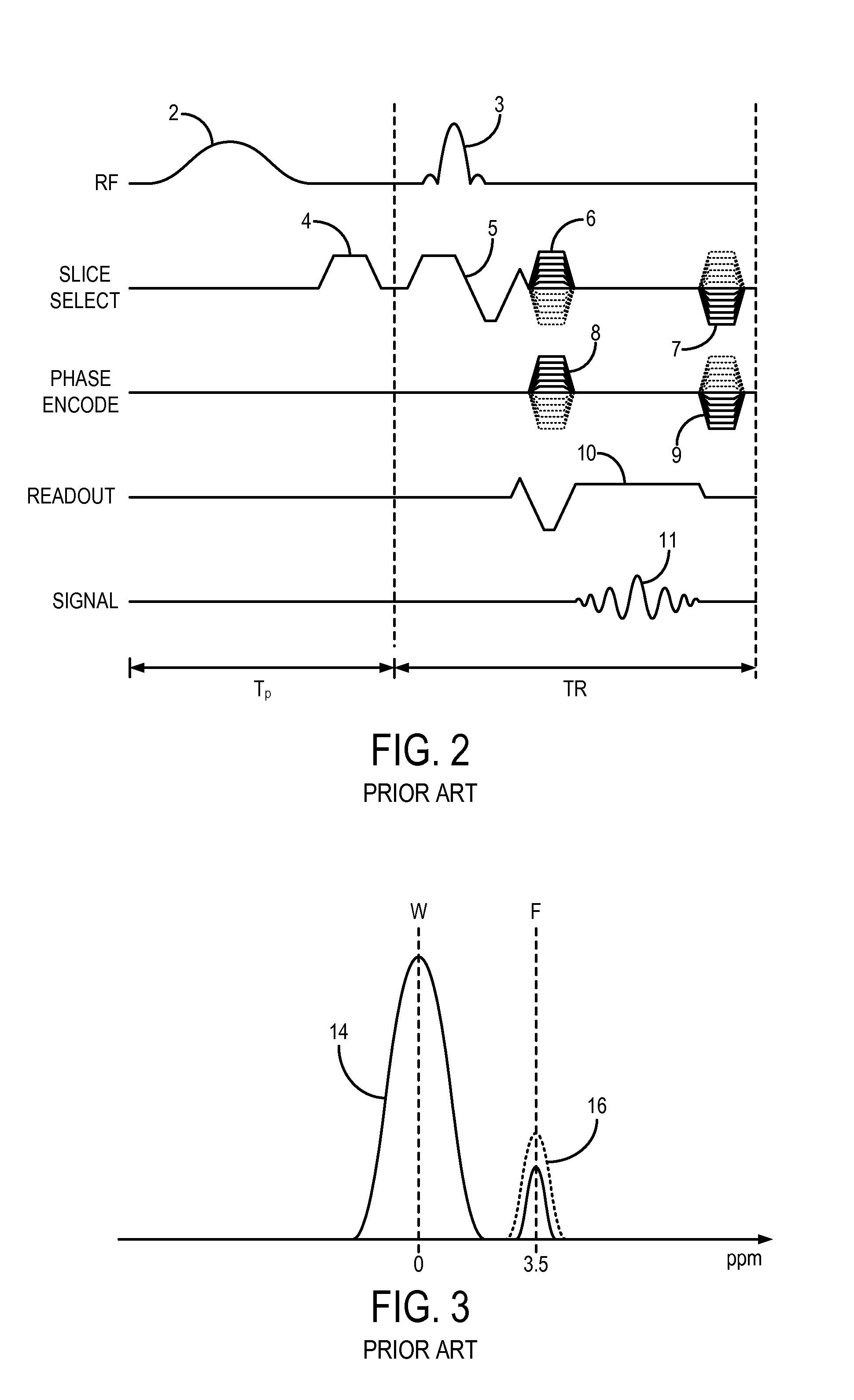System and method for passive catheter tracking with magnetic resonance imaging
- Summary
- Abstract
- Description
- Claims
- Application Information
AI Technical Summary
Benefits of technology
Problems solved by technology
Method used
Image
Examples
Embodiment Construction
[0052]Referring to FIG. 11, a catheter system 1100 that is amenable to passive tracking with a magnetic resonance imaging (“MRI”) system includes a flexible shaft 1102 having a length suitable for reaching a vasculature of interest from a selected vessel entry point. Exemplary lengths include 80, 110, and 135 centimeters (“cm”). The flexible shaft 1102 extends from a proximal end (shown generally by arrow 1104) towards a distal end (shown generally by arrow 1106), and is composed, for example, of a plastic. In some configurations, the catheter shaft 1102 has a diameter of five French (“5F”); however, it will be appreciated by those skilled in the art that different diameters can be readily employed depending on the desired angiographic procedure. At its proximal end 1104, the shaft 1102 connects to a fixture 1108 that defines an inlet 1109 to the interior of the shaft 1102 and connects that inlet 1109 through a tube 1110 to a valve 1112. The fixture 1108 also provides an opening 111...
PUM
 Login to View More
Login to View More Abstract
Description
Claims
Application Information
 Login to View More
Login to View More - R&D
- Intellectual Property
- Life Sciences
- Materials
- Tech Scout
- Unparalleled Data Quality
- Higher Quality Content
- 60% Fewer Hallucinations
Browse by: Latest US Patents, China's latest patents, Technical Efficacy Thesaurus, Application Domain, Technology Topic, Popular Technical Reports.
© 2025 PatSnap. All rights reserved.Legal|Privacy policy|Modern Slavery Act Transparency Statement|Sitemap|About US| Contact US: help@patsnap.com



